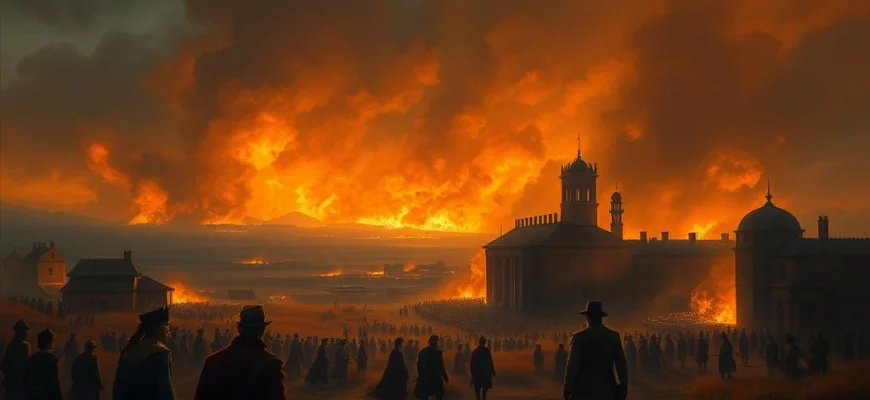If you were captivated by the gripping historical drama 'The Great Fire: In Real Time' (2017), you're in for a treat. This article explores 10 similar movies and shows that deliver the same intense storytelling, historical depth, and immersive realism. Whether you're a history buff or just love a well-crafted drama, these recommendations will keep you hooked.
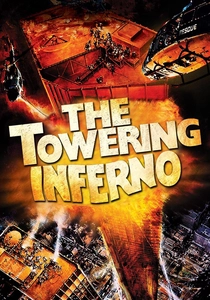
The Towering Inferno (1974)
Description: A classic disaster film that revolves around a fire breaking out in a newly constructed skyscraper, trapping its occupants. The movie combines suspense, human drama, and spectacular fire effects, focusing on the struggle to contain the disaster and save lives.
Fact: It was one of the highest-grossing films of the 1970s and won three Academy Awards. The fire scenes were achieved using a combination of miniatures and full-scale sets.
 Watch Now
Watch Now 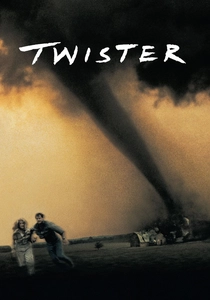
Twister (1996)
Description: A thrilling depiction of storm chasers tracking tornadoes, this film captures the raw power of nature and the danger of extreme weather. The narrative combines scientific curiosity with high-stakes survival, featuring groundbreaking special effects for its time.
Fact: The filmmakers used a combination of practical effects and early CGI to create the tornadoes. Some scenes were shot with real debris propelled by jet engines to simulate tornado winds.
 Watch Now
Watch Now 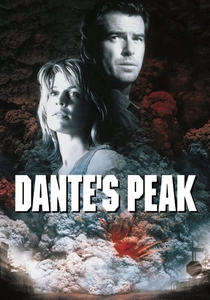
Dante's Peak (1997)
Description: This movie follows a volcanologist as he tries to warn a town about an impending volcanic eruption. The film blends scientific detail with intense disaster sequences, showcasing the sudden and devastating impact of natural forces.
Fact: The eruption scenes were inspired by real volcanic events, including Mount St. Helens. The production team consulted with geologists to ensure the portrayal of volcanic activity was accurate.
 Watch Now
Watch Now 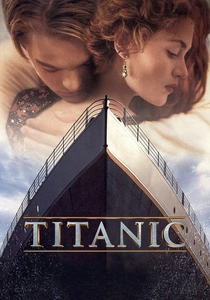
Titanic (1997)
Description: This epic romance is set against the backdrop of the Titanic's sinking, blending personal drama with a large-scale disaster. The film meticulously recreates the ship's final hours, emphasizing both the human cost and the technical failures that led to the tragedy.
Fact: The movie's budget was the highest of any film at the time, largely due to the detailed reconstruction of the Titanic. It won 11 Academy Awards, tying the record for most Oscars won by a single film.
 Watch Now
Watch Now 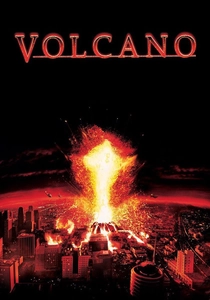
Volcano (1997)
Description: Set in Los Angeles, this film depicts the sudden emergence of a volcano in the city, leading to widespread panic and destruction. The story focuses on emergency response efforts and the community's struggle to survive the unexpected disaster.
Fact: The movie's premise was based on the idea of the La Brea Tar Pits being a dormant volcanic vent. It used a mix of practical effects and miniatures to create its lava flows.
 Watch Now
Watch Now 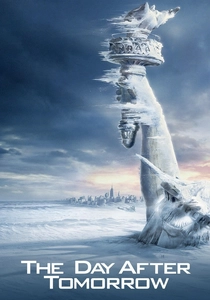
The Day After Tomorrow (2004)
Description: This film explores the catastrophic consequences of climate change, focusing on extreme weather events and their immediate impact on human life. The narrative is driven by a race against time to survive, emphasizing human resilience in the face of overwhelming natural disasters.
Fact: The movie's depiction of a sudden ice age was inspired by the theory of abrupt climate change. It used a mix of practical effects and CGI to create its dramatic weather scenes.
 Watch Now
Watch Now 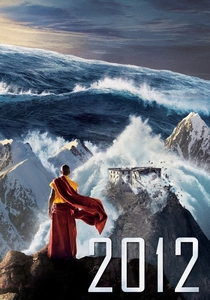
2012 (2009)
Description: A global catastrophe film that envisions the end of the world due to a series of natural disasters. The movie combines spectacular destruction with a human story of survival, emphasizing the scale of the disaster and the resilience of its characters.
Fact: The film's disaster sequences were inspired by the Mayan calendar's 2012 prophecy. It used extensive CGI to create its apocalyptic scenarios, including the destruction of famous landmarks.
 Watch Now
Watch Now 
The Impossible (2012)
Description: Based on a true story, this film follows a family's harrowing experience during the 2004 Indian Ocean tsunami. The movie focuses on the immediate aftermath of the disaster, highlighting both the physical and emotional challenges of survival.
Fact: The tsunami scenes were created using a massive water tank and practical effects to enhance realism. The film's young actor, Tom Holland, made his acting debut in this movie.
 Watch Now
Watch Now 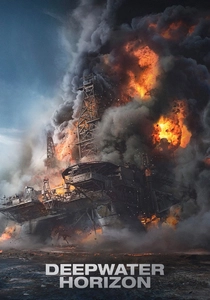
Deepwater Horizon (2016)
Description: This film dramatizes the real-life oil rig disaster, emphasizing the sudden and catastrophic nature of industrial accidents. The story highlights bravery and teamwork in the face of an uncontrollable crisis, with intense, realistic visuals of the explosion and its aftermath.
Fact: The filmmakers consulted survivors of the actual Deepwater Horizon disaster to ensure accuracy. The set was built to scale, including a life-sized replica of the rig.
 Watch Now
Watch Now 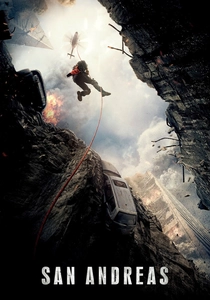
San Andreas (2015)
Description: Centered around a massive earthquake along the San Andreas Fault, this movie showcases the chaos and destruction of natural disasters, with a strong focus on survival and the human spirit. The visual effects highlight the scale of devastation and the urgency of rescue efforts.
Fact: The film's earthquake sequences were based on real seismic data to enhance realism. It was one of the first movies to use Dolby Atmos sound technology extensively.
 Watch Now
Watch Now 
